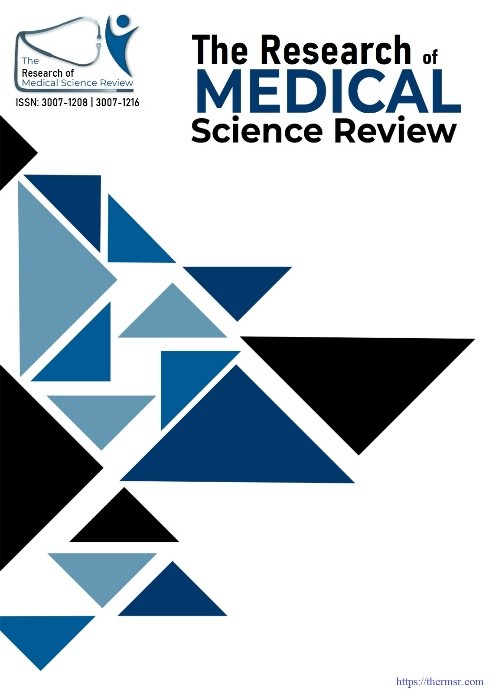DIAGNOSTIC ACCURACY OF ULTRASOUND IN DETECTING ROTATOR CUFF TEARS KEEPING MRI AS GOLD STANDARD
Main Article Content
Abstract
Introduction: This study seeks to assess the diagnostic precision of ultrasonography in identifying rotator cuff tears, employing MRI as the reference standard. Considering the extensive application of ultrasound imaging for musculoskeletal evaluation, comprehending its dependability is essential. The results will inform its function in clinical decision-making and screening. Objectives: To determine the diagnostic accuracy of ultrasound in detecting rotator cuff tears keeping MRI as gold standard. Subjects & Methods: The Department of Radiology, PAF Hospital Islamabad, conducted this six-month cross-sectional validation study from 6 October 2024 to 6 April 2025. 185 people were recruited using non-probability consecutive sampling. Patients aged 18–65, independent of gender, with clinical suspicion of rotator cuff injury and symptoms lasting over 15 days were included. Rotator cuff tears are diagnosed by shoulder pain (VAS score >4) and restricted active and passive range of motion. Ultrasonography indicated rotator cuff tears if the cuff was not visible, the tendon was absent or localized, the tendon was discontinuous, and the muscle echogenicity was abnormal. A hyperintense signal in the tendon on T2-weighted, fat-suppressed, or GRE sequences indicated fluid present, indicating a tear. Standard protocol for ultrasound and MRI was followeXd. IBM SPSS 26 software was used for data handling. The sensitivity, specificity, PPV, NPV, and overall diagnostic accuracy of ultrasonography were assessed using a 2x2 contingency table. Stratification was used to manage effect modifiers such age, gender, and symptom duration. Diagnostic accuracy was assessed after stratification with a significance criterion of p < 0.05. Results. Ultrasound identified rotator cuff tears in 73.5% of patients, whereas MRI identified tears in 71.9% patients. The results indicates that the sensitivity, specificity, positive predictive value (PPV), negative predictive value (NPV), and overall diagnostic accuracy of ultrasound for rotator cuff syndrome are 92.5%, 75.0%, 90.4%, 79.6%, and 87.6%, respectively. Conclusions: Ultrasound has shown to be an accurate, dependable, and easily accessible method for detecting rotator cuff tears in their early stages. Nevertheless, owing to moderate specificity, especially in older, female, and chronic cases, MRI is indispensable for validation and comprehensive preoperative planning.
Downloads
Article Details
Section

This work is licensed under a Creative Commons Attribution-NonCommercial-NoDerivatives 4.0 International License.
